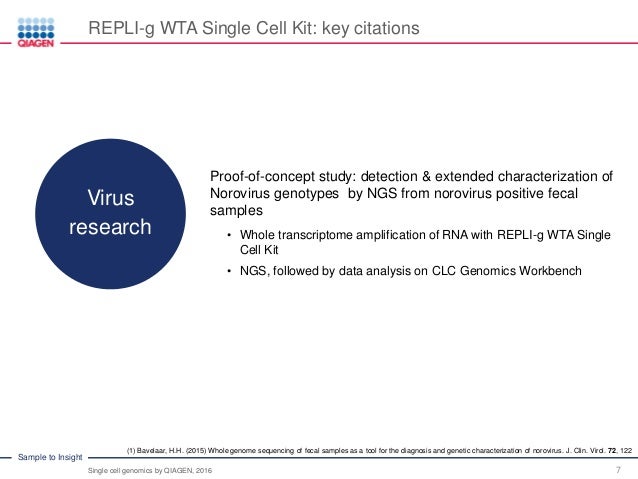Clc Main Workbench Keygenguru

In this hands-on training you will learn how to use the CLC Bio Main Workbench for basic and advanced sequence analysis. The software supports a large number of DNA. Clcbio.com Features & Benefits AC ompany CLC Main Workbench / 1 A comprehensive workbench for advanced DNA, RNA, & protein analyses Advanced computer skills. Bridge Program For Nursing Schools.
CLC Main Workbench is a professional software application specialized in advanced protein sequence analyses, data management, as well visual representations with the aid of heat maps, tables and scatter plotting options. The tool supports both microarray- and sequencing-based (RNA-Seq) expression data and includes all features embedded in,, and, as well as a range of gene expression options. User interface CLC Main Workbench comes with support for a powerful and comprehensive suite of features so be prepared to reserve some time getting used to working with the program’s GUI. You can enable multiple views (that display your current work), zoom in or it out of the views, split your project into two or more workspaces when working with large amounts of data, and use keyboard shortcuts for fast actions.
Data management options You can easily organize and navigate throughout your components using an Explorer-like view mode, organize info by placing files in custom folders, sort the elements in a folder alphabetically, define location-specific attributes on all elements, as well as perform search operations. Download 3 Utorrent Bittorrent 15169 La here. What’s more, you can print data, import information from ACE, ZIP, TAR, CLC, CM5, ALN, STR, TXT, PHY, CSV, XML, SDN and other file format. Plus, you can add bioinformatics files and import your Vector NTI data. Additionally, you may export bioinformatics data to most of the formats used for importing, compress exported files, store bioinformatics details in CLC file format, back up data, save data points for graphs to CSV file format, as well as check out a history with all your operations.
Batch processing, workflows, sequence viewing and editing options CLC Main Workbench is able to carry out analysis operations on several elements at same time, and allows you to specify a folder for the results of analysis and generate a table with results. The program lets you create, distribute, install and run workflows, work with different modes for viewing and editing single sequences, create a new sequence, as well as gather several sequences in a list. Downloading online data and working with a 3D molecular viewer CLC Main Workbench helps your search for and grab online data. You may search for sequences and structures in NCBI Entrez database and UniProt, as well as gain direct access to web-based search in various databases and on the Internet via your default web browser. Powerful sequence alignment features The program is capable of aligning nucleotides and proteins using a progressive alignment algorithm, editing and joining alignments, and making a pairwise comparison for a given set of aligned sequences. The 3D molecular viewer integrates a handy suite of feature for helping you automatically sort molecules into categories, such as Proteins, Nucleic acids, Ligands, Cofactors, Water molecules, hide/reveal individual molecules from the view, work with four different atom-based molecule visualizations, activate the backbone visualization for proteins and nucleic acids, alter the color schemes for each molecule visualization, and align protein structures. Phylogenetic tree editor and various modes for analyzing data The application implements a phylogenetic tree editor for helping you view taxonomical classification of organisms based on their evolutionary history, work with different sequence analyses which apply to both protein and DNA in order to extract annotations and sequences, shuffle sequences, compare regions of similarity within a sequence, calculate local complexity for both DNA and protein sequences, generate statistics for protein sequences, perform pattern discovery, and search for known motifs.